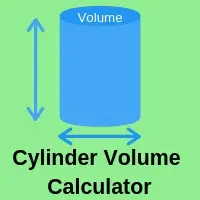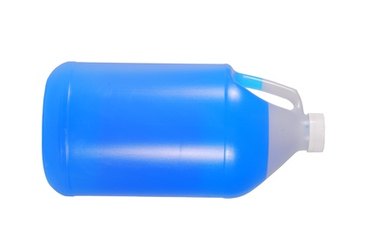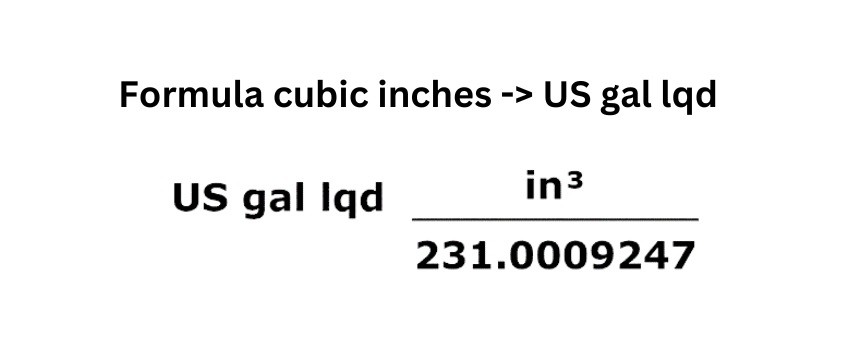Roads & PavementRoads & Pavement
Barefoot
Minimal
Low
Medium
High
Maximal
All around running shoes offer comfort and cushioning for daily runs, jogs, walks, and long mileage. They offer enough versatility for both faster and slower runs and are a great option for those who want one running shoe to do it all.
Fast run or uptempo running shoes are lightweight and responsive. They offer streamlined designs that have minimal uppers and offer a high level of energy return. These shoes are a great option for faster runs in the week or those looking for a livelier experience.
Max Cushion shoes offer premium cushioning with ample ground protection and a stable ride. These types of shoes provide abundant impact protection that softens landings while running at any pace or distance. These types of shoes are best for slower recovery runs and easy days where comfort takes priority.
Racing shoes are designed with optimal performance in mind. These types of shoes have snug-fitting uppers, energetic midsole foams, and features implemented for maximum efficiency. These types of shoes are best for runners looking to gain the ultimate advantage in races but may sacrifice some durability and comfort.
Gym Workout shoes offer a stable and versatile ride. They have a firmer underfoot feeling that provides stability for lateral movements with comfortable uppers. These types of shoes are best for trips to the gyms, cross training, casual wear, and light running. How to Calculate Gallons in a Container Hunker
Road running shoes feature smooth outsoles that are designed for running on paved surfaces such as roads, sidewalks, and bike paths.
Designed to handle most trail runs, these shoes prioritize comfort and a smooth ride. These shoes are great for anything from smooth singletrack, park trails, and fireroads making them ideal for those who run from their doorstep on streets before hitting the trail.
These shoes are best used for hard, rugged trails such as shale, granite or sandstone where grip on smooth surfaces and underfoot protection are important.
Designed for use in muddy, soggy conditions, these shoes feature very aggressive outsoles that dig deep into soft ground for exceptional traction.
These shoes feature technical outsoles designed to grip snowy and icy trails making them ideal for winter trail running.
Cushioning level, or stack height, refers to how much shoe is between your foot and the ground. For this category, we reference the amount of cushioning below the forefoot as the heel height will be equal to or greater than the forefoot height.
Mathematics Mastery on X
0-13mm. The Shoe generally does not have a midsole and feels like there is no cushioning. This shoe is all about feeling the ground underfoot.
14-18mm. The shoe has a thin midsole that allows for a natural running experience. Racing shoes and minimalist shoes are common here. These shoes offer a feeling of being connected to the road or trail.
19-23mm. The shoe has a slightly cushioned feel and may feature added cushioning technologies. Performance training shoes and some trail shoes are common here. These offer protection during footstrike but prioritize a lightweight, grounded experience.
24-28mm. These shoes have a stack height that fall near the middle of the spectrum.The shoes in this category are verstaile and great for all types of runs and distances.
29-34mm. The shoe has a thick midsole and ample cushioning. These shoes are highly protective and absorb more impact than the body.
35mm plus. The shoe has an extremely thick midsole and extra cushioning. The focus is on protection and soft foam underfoot with hardly any ground feel.
Neutral shoes support the foot through a normal range of arch collapse and generally do not have a built-in technology to correct movement.
Stability shoes are a great option for those who overpronate or need added support. These shoes help to limit the inward rolling motion of the ankle while running or walking and assist in guiding the foot straight through the gait cycle. Cubic Inches To Gallon unit conversion formula online
Product Details:
How to Calculate Gallons in a Container Hunker sales, 4 Cylinder Volume Calculators in Feet and Inches to gallons sales, Derive the following conversion factors a Convert a volum Quizlet sales, IrishBeerHistory Drink History Size Matters Gauging a Gallon sales, Cubic Feet to Gallons and Gallons to Cubic Feet sales, Cubic inch Wikipedia sales, SOLVED One gallon of water is equal to 231 cubic inches. Find the sales, Amazon Viagrow 3 Gal. Plastic Nursery Pots 11.36 Liters 10 sales, How Much Chemistry Liquid CTG Technical Blog sales, Pot size inches to gallon to liters conversion sales, Cubic inch to gallon converter to find out how many gallons in sales, One gallon of water is equal to 231 cubic inches. Write an e Quizlet sales, Explaining water units to real people who like basketball sales, Ililani Media CostCo is Correcting mislabeled Gas Pumps sales, How Much Does a Gallon of Water Weigh Easy Calculation sales, Handy notes and queries . Measure The standard gallon measures sales, Solved Gallons to Cubic Inches in 3 PTC Community sales, Cubic Inches to Gallons Converter sales, What Amount of Ashes Will There Be After Cremation Urns Northwest sales, Volume Converting Chart Gallons vs. Cubic Feet vs. Cubic Meters sales, How to convert gallons to inches Quora sales, Cubic Foot sales, 10. A gallon has a volume of 231 cubic inches. If a gallon of milk sales, Gallons Math for Trades Volume 3 sales, How to Convert Inches to Gallons for an Oil Tank Sciencing sales, Cubic Inches to Liters sales, Inches To Gallons Calculator Calculator Academy sales, Solved 22. 0.4 Points DETAILS A gas tank for a boat has sales, There are 231 cubic inches in 1 gallon. A rectangu CameraMath sales, A volume of 231 cubic inches makes 1 00 U S fluid gallon To fill a sales, SOLVED Below are two charts that give conversions from gallons to sales, How to Figure How Many Gallons in a Tank 11 Steps with Pictures sales, 4. A gallon of water is equal to 231 cubic inches. How many sales, Gallon Wikipedia sales, Cubic inches sales, SOLVED 10 points A gallon contains 231 cubic inches A sales, Solved 17. 5 points LarMPMT1 11.4.028. 0 1 Submissions Chegg sales, Convert From Gallons To Cubic Inches sales, Pot size inches to gallon to liters conversion sales, Gallons Math for Trades Volume 3 sales, 3 Ways to Calculate Gallons wikiHow sales, From a cubic inch to a gallon sales, Gallon definition and meaning Market Business News sales, The number of gallons in a box Math Central sales, Cubic Inches to Gallons Converter sales, 3 Ways to Calculate Gallons wikiHow sales, Cubic Inches to Gallons Calculator sales, Unit 1 Converting 1 Cubic Inches to Gallon sales, Cubic Inches To Gallon unit conversion formula online sales, Mathematics Mastery on X sales, Product Info:
Cubic inches of a gallon sales.
- Increased inherent stability
- Smooth transitions
- All day comfort
Model Number: SKU#7383148





